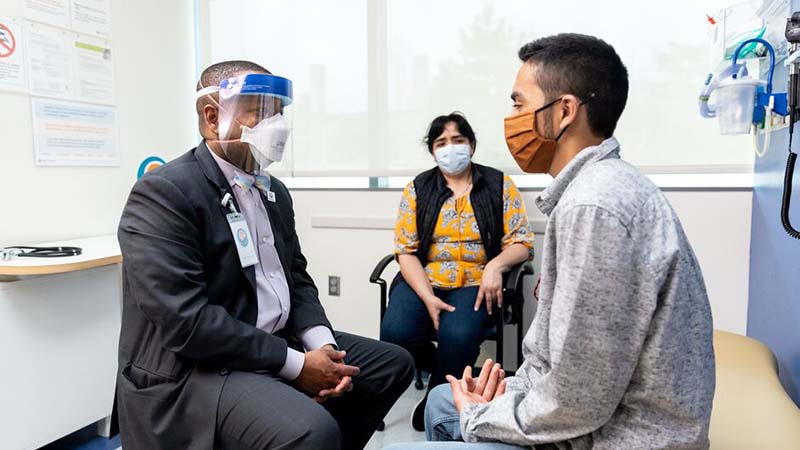Futility and Suffering at the End of Life: Conflicts Over Goals of Care
Objectives and Disclosures
- Differentiate various invocations of the concepts of “suffering” and “futility” based on common definitions in pediatric clinical and bioethics contexts
- Evaluate the role that second-hand claims of “patient suffering” play in pediatric clinical decision-making
- Apply best-practice strategies for responding to claims of patient suffering that respond both to the needs and interests of the patient, family and healthcare team
Planners and speaker disclose they have no relevant financial relationships.
Sconyers/Godfrey Ethics Lecture
Commentator: Erica Salter, PhD, St. Louis University
Case Presenter: Arika Patneaude, MSW, LICSW, APHSW-C, Seattle Children’s Hospital
Provider Grand Rounds - 1/14/21 - Sconyers/Godfrey Ethics Lecture Learning Objectives: 1. differentiate various invocations of the concepts of “suffering” and “futility” based on common definitions in pediatric clinical and bioethics contexts 2. evaluate the role that second-hand claims of “patient suffering” play in pediatric clinical decision-making 3. apply best-practice strategies for responding to claims of patient suffering that respond both to the needs and interests of the patient, family and healthcare team.
